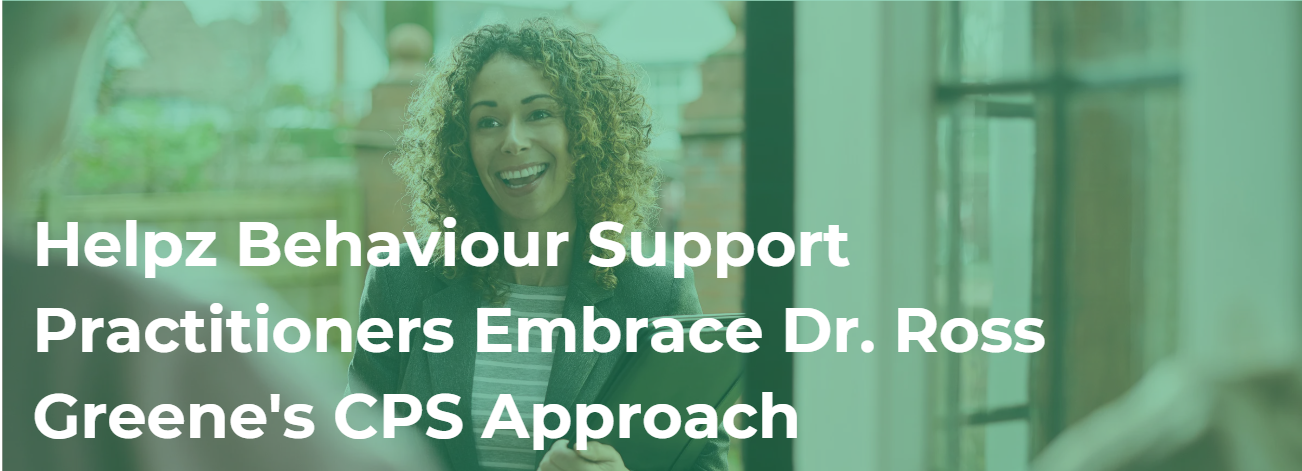The power of visual routines and timers for neurodiverse kids

The power of visual routines and timers for neurodiverse kids
Mornings can be hectic for families, especially when children with neurodiverse needs are involved. For kids who may face challenges in understanding instructions or transitioning between activities, visual routines and timers can be game-changing tools to simplify mornings and build confidence.
What are visual routines?
Visual routines use pictures, symbols, or charts to represent the steps of a daily activity, like a morning routine. Steps might include brushing teeth, getting dressed, and packing a school bag. These visual cues break tasks into manageable pieces, offering clarity and predictability.
For neurodiverse kids, visual routines reduce reliance on verbal instructions, which can sometimes be overwhelming. They provide a consistent reference point, making transitions between activities smoother and less stressful.
How timers make a difference
Adding timers to the mix can further enhance this system. Visual timers—such as those that use a shrinking red disk or color bar—help kids grasp the concept of time passing. These timers show how much time is left for each task, creating a clear and gentle prompt to stay focused.
Timers not only help children understand the pacing of their morning but also reduce the pressure of constant reminders from parents, fostering independence over time.
Why it works
By combining visual routines and timers, families can create a structured, supportive environment tailored to their child’s needs. This approach empowers neurodiverse children to tackle their morning routines with more independence, confidence, and success. A smoother start to the day often sets a positive tone for everything that follows, reducing stress for both children and parents.
Resources to help you get started
Here are some tools and resources to support visual routines and timers for neurodiverse children:
Visual schedule resources:
- A practical guide to creating visual schedules
This guide from Autism Parenting magazine, offers insights into optimising visual schedules for enhanced effectiveness. - Visual supports for routines, schedules, and transitions
Provides visual cards to help children understand daily routines and transitions.
Visual timers:
- Time timer
A visual timer that helps individuals "see" time pass, easing stressful transitions by showing "how much longer." - Sensory timers
Offers a range of sensory timers designed to enhance focus with visual and auditory cues.
Online resources
News & Insights
Check Our Latest Resources







